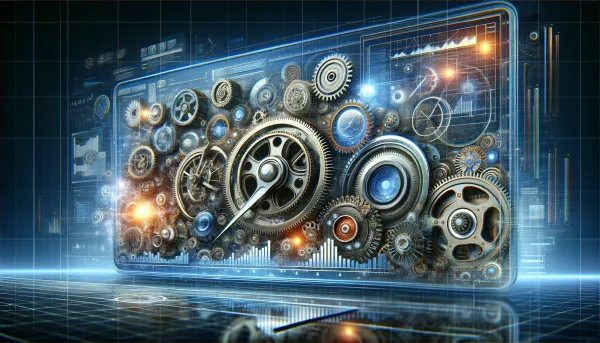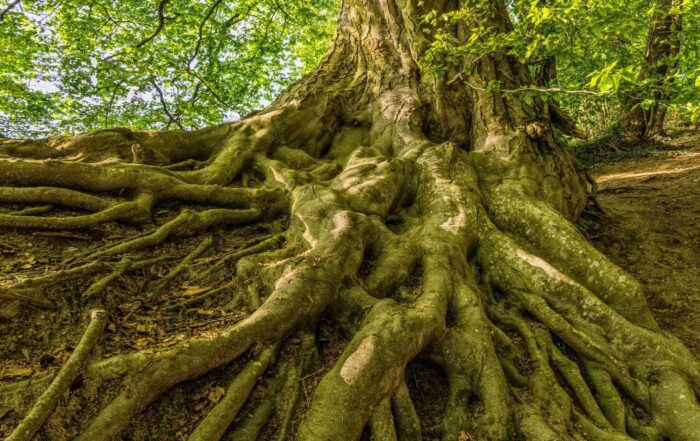A major oil company, operating one of the largest refineries in Houston, United States, has a capacity exceeding 300,000 barrels per day. Recognized as the trusted expert in Reliability Centered Maintenance (RCM), MaxGrip has a long-lasting partnership with this oil company to improve asset reliability and performance.
Ambitions: Evergreen RCM Program
This oil company has ambitious objectives. They are committed to being an industry leader in operational excellence, environmental stewardship and overall efficiency. In an increasingly competitive and regulated landscape, these aims are not just aspirational but critical for long-term sustainability and stakeholder value. It is here that Reliability Centered Maintenance (RCM) comes into focus. Implementing an RCM approach aligns perfectly with the company’s ambitions by minimizing unplanned downtime, optimizing maintenance costs, and most importantly, enhancing asset lifespan and integrity. The company wants to implement RCM for all units and aims for the RCM program to be evergreen.
Approach: Three Steps to Success
The purpose of implementing Reliability Centered Maintenance is to provide a step by step process to evaluate asset functional failures and determine the appropriate maintenance and surveillance tasks, which will mitigate or eliminate the effects of functional failures. The equipment types within the scope of work include all mechanical, electrical and instrumentation. The implementation process entails three steps.
Step 1: Scope
The first stage of the Reliability-Centered Maintenance (RCM) process is a multi-faceted approach that establishes the groundwork for the entire study. Initially, Piping and Instrumentation Diagrams (P&IDs) are reviewed to determine which equipment falls within the scope of the RCM study, based on pre-defined project boundaries. In this initial stage, the functions and functional failures of the equipment are then defined and documented as part of the RCM analysis.
Step 2: Facilitate
In the subsequent phase of the Reliability-Centered Maintenance (RCM) process, collaboration with on-ground experts is pivotal. Engaging with production specialists and operations representatives, the team seeks to determine the potential consequences of equipment failure. This evaluation encompasses a three-fold consideration: the potential Health and Safety repercussions, the potential Environmental impacts, and the Operational implications. Based on these insights, the team performs FMECAs on critical assets. Following this, a consultation with technical stakeholders takes place to formulate and review Maintenance Strategies tailored for the equipment. The team discerns which tasks are applicable and necessary, ensuring that task frequencies are aligned with the equipment’s criticality and operational feasibility. A key consideration in this stage is the scheduling of these tasks: determining if they necessitate specific turnaround times or if they can be seamlessly integrated into regular operations.
Step 3: Implement, Monitor, Improve
MaxGrip consultants will include all of the important outputs of the RCM study and sessions into a report. This will be reviewed and approved by site management. The maintenance strategy is then integrated into the maintenance management or EAM system. With the strategy in action, outcomes are monitored. To ensure that program is evergreen MaxGrip has developed a living program training for the discipline engineers. This training will allow the discipline engineers to drive continuous improvements by monitoring the effectiveness of recommended PMs against the reliability performance of assets.
Benefits: Over 10% Labor Cost Savings
MaxGrip will keep working with this refinery to complete their RCM program deployment for the entire plant. So far, the majority of the units have been fully deployed. The immediate value that was realized from this process:
- 15% reduction in tasks/workload on average
- The corresponding labor cost savings is expected to be in excess of 10%
- Once the RCM implementation is completed the routine maintenance tasks (PMs) and non-routine maintenance (TA) tasks for all units will be prioritized justified and optimized
- Improved asset integrity
- All of this results in more than one million USD YoY savings
Get inspired
Learn about RCM, how it can streamline your maintenance operations, and why it’s a powerful strategy to lower maintenance and reliability costs.
Introductory article on RCM, the assessment criteria and the implementation process.
In this eBook, we explore four key steps that help to decrease maintenance costs and improve your RCA program.





